Hung Yen's climate has the general characteristics of the Red River Delta. It is influenced by the tropical monsoon climate, hot and humid, sunny, cold winters and has four distinct seasons (spring, summer, autumn, winter).
- The average annual temperature is 23.20C, the highest temperature is 40.400C (June 1939) and the total average annual temperature is 85,000 - 86,000Cal. Between the two seasons of the year, the temperature range is usually 130Cal.
- Rain: Average rainfall ranges from 1,500 - 1,600mm. Rainfall is unevenly distributed throughout the year, with 80 - 85% concentrated in the rainy season (from May to October) in the form of thunderstorms (especially in June - July). The cold dry season (from November to April of the following year) has drizzle, allowing for many short-term crops to be grown, so the winter crop also becomes the main crop. The average annual humidity is 86%, the highest month is 92%, the lowest month is 79%.
- The average number of sunshine hours per year is about 1,400 hours (116.7 hours/month), of which from May to October the average is 187 hours of sunshine/month, from November to April of the following year the average is 86 hours of sunshine/month. Hung Yen's climate has 2 main wind seasons: Northeast monsoon (from September to February of the following year), Southeast monsoon (March to May).
- The annual evaporation in Hung Yen is from 700 to 900 mm, the lowest is in Hung Yen city and gradually increases to the northern districts. In summer, the evaporation is high, accounting for 55 to 60% of the annual evaporation. The month with the highest evaporation is June, July and the lowest is March.
- Wind: Wind direction in a year changes and is reflected by the seasonal circulation. In the middle months of winter, the North, Northeast and Northwest winds account for a frequency of 40 to 65%, of which the North direction appears the most. However, in winter, the Southeast wind still has a high frequency (early season 15 to 25%, mid-season 25 to 45%, late season 50 to 65%). In summer, the Southeast wind prevails with a frequency of 32 to 65%. In addition, the Southwest wind, although appearing with a frequency of 5%, has a negative impact on people, crops and livestock due to its dry and hot nature.
- Storms and tropical depressions: Hung Yen is not adjacent to the sea and is not directly affected by storms, so the wind speed when reaching Hung Yen has decreased significantly. However, the wind speed in the storm can reach 35 m/s. Heavy rains caused by storms cause quite serious flooding, the amount of rain caused by storms accounts for a large proportion of 15 to 20% of the total annual rainfall, in August the amount of rain caused by storms accounts for 30 to 50% of the total monthly rainfall. In 2020, Hung Yen province was affected by 2 storms in August and October.
Together with the land, such climate and weather conditions are favorable for the cultivation and raising of many types of plants and animals of tropical and subtropical origin. However, it is also necessary to note some limitations in the climate regime: the rainy season is concentrated in a short period of time, so it is easy to cause flooding in the fields and is often accompanied by storms. The cold season also has cold spells (temperatures below 100oC) affecting the growth of crops and livestock. Therefore, it is necessary to pay attention to the structure of the seasons, crops and appropriate technical measures to limit unfavorable factors and make the best use of the advantages of climate resources to improve production efficiency.








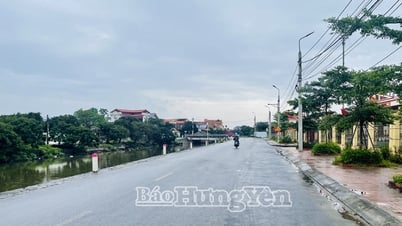



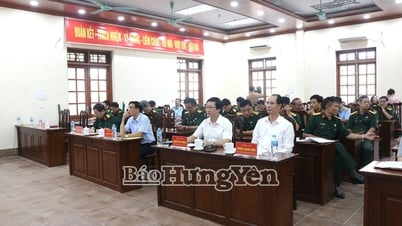
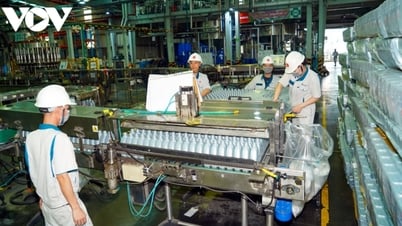

















































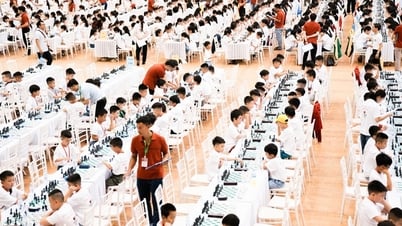


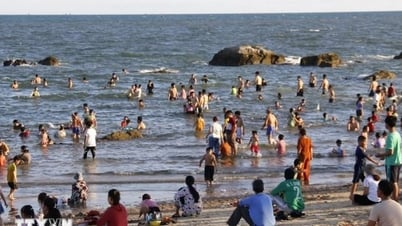
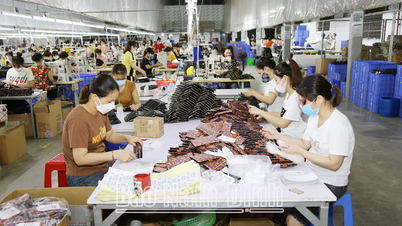

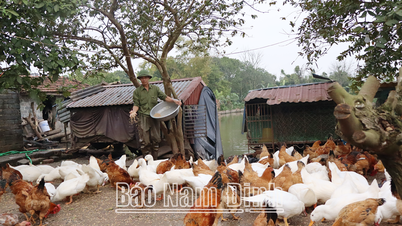



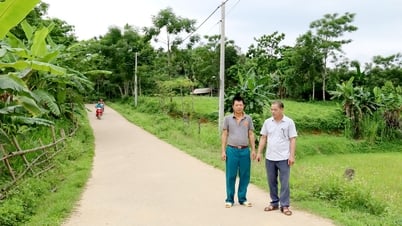
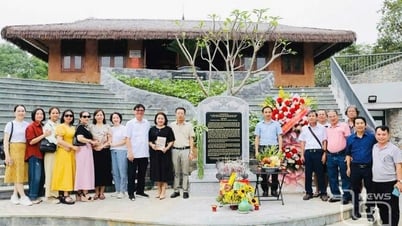














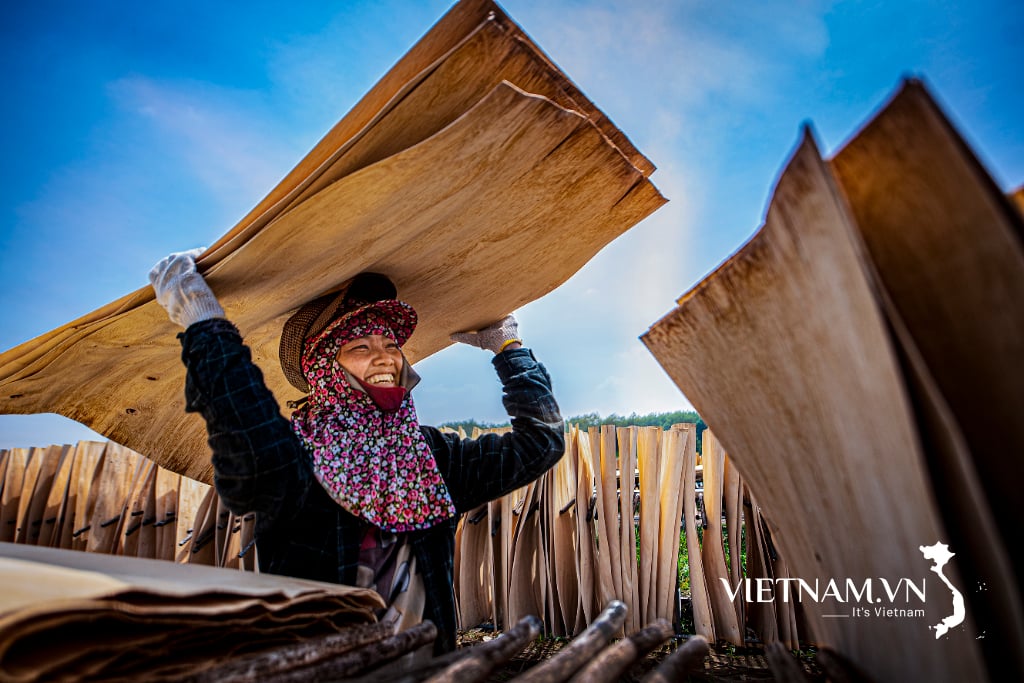
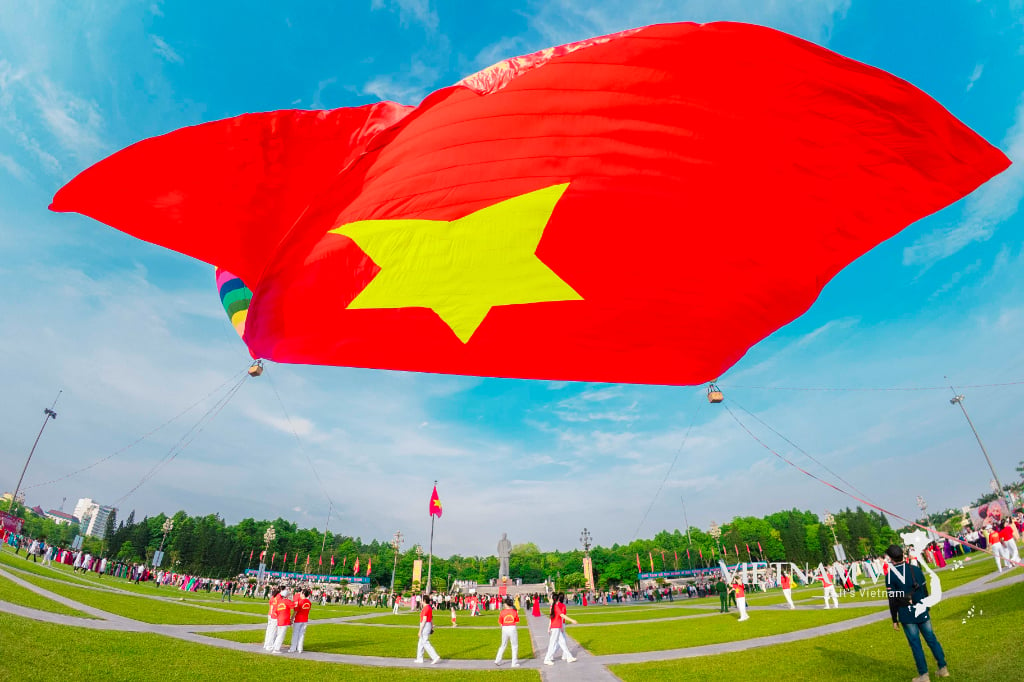

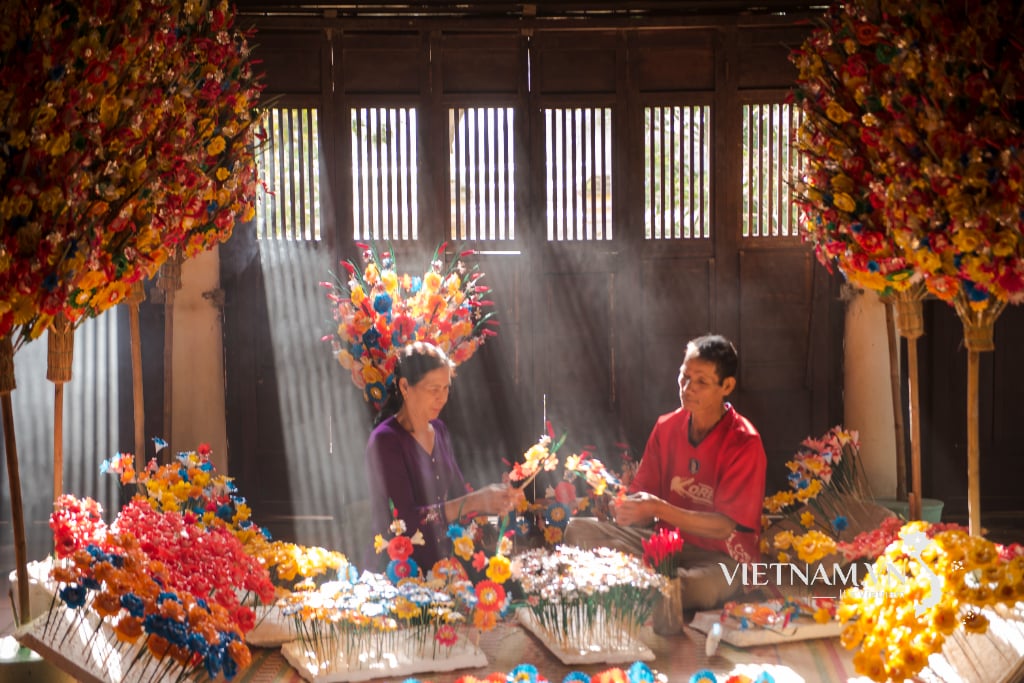
Comment (0)